Wow – its not often you go somewhere and are completely taken by surprise.
I found Myanmar to be amazing for a whole raft of reasons; reconnecting with an old friend; beautiful & friendly people; totally unexpected (and photogenic) sights and most significantly I think – the fact that it just seemed to operate as a wonderful time capsule of Asia as it used to be, a romantic Asia – untouched by the desperate race towards modernity that now seems to pervade Asia everywhere today.
It was an experience perhaps also made more magical by the impromptu and spontaneous nature of it. On a whim, we thought we would go simply because an old friend, an ex-girlfriend of mine, Selena, was working for an NGO (CARE Australia) there. It was a nice reminder that not knowing a place is often where the real magic occurs, no plans, no research – just genuinely being open & surprised by what’s put it front of you. All of which is heightened considerably when someone also tells you that you are not allowed to go either.
Myanmar (or Burma as it used to be called) has largely been cut-off from the outside world since a revolution in the 60’s & the resultant ruling military class decided to combat capitalism, by closing off the Burmese culture from the rest of the world. A hibernation of sorts that took a significant turn for the worse in the 90’s, when the next generation of generals purged their democratic opponents and most famously put Aung San Suu Kyi under house arrest. Since then – not many people go in or leave really, most international companies have trade embargos in place and Myanmar as its now called, operates in almost isolation. Many things we read, said not to go (thereby financing and supporting the regime), but the people we met and talked to provided a different perspective – they want the interaction and by not staying at major hotels or doing organized tours, you do put money in the pockets of real Myanmar people. I couldn’t be more glad that we went and it felt like we only scratched the surface. We left promising to return.
But back to the trip itself! After arriving inYangon, we spent several days at Selena’s place, an old colonial building in the ‘rich’ part of town where we were spoilt by maids, gardeners, language teachers and Sel’s many other Burmese friends who took it upon themselves to cook for and engage with us. An experience perhaps sadly shaped (though certainly made more intimate) by the unfortunate death of Selena’s pet cat, Samadhi. That aside, with a comfortable Yangon base, we were able to relax and explore the cities atmosphere, markets, backstreets and almighty Shwedagon in complete comfort.
Reluctantly, we did manage to pull ourselves away for a few days. Flying first to Bagan and then onto Inle Lake for further exploration. All said we only spent 10 days in the country, simply not enough time to really do justice to the Myanmar that we encountered. Truth be told, it was a little expensive in parts, mostly the fault of a tightly packed itinerary that forced us into taking planes when boats, trains and other transport would have evoked infinitely more memories. More significnatly though it was a strong lesson for our future travel endeavours and we left with firm promises never to allocate less then 2 weeks to any country for the remainder of our trip.
Anyway, the whole experience as usual is hard to distill into words, so my apologies if I jump into bullet point highlights and let photo’s do the talking. We took thousands of great photo’ s for exactly that and I have outlined some of the key highlights below:
- The Myanmar People – certainly coming from Thailand where everyone seems a bit jaded and over the tourists and foreigners in general, Myanmar people were refreshing! From the way they dress in their traditional longhi’s and the women (& men) use yellow facepaint as sunscreen in every day life, the Myanmar people, poor as they may be also still tend to smile a lot more. Frequently we would have people go out of their way to walk across the street, just to say hello – simply because it is the little English that they know and they really don’t get the chance to use it very often!
- Yangon & Shwedagon Yangon (Rangoon) as a city wasn’t a lot to write home about as much of the good stuff is locked away – several times we wandered around huge 100 year old buildings only to be waved off angrily by army dudes. But the place still teemed with a wonderful colonial past and history. Yangon itself is very green (no skyscrapers) and feels quite relaxed which has a lot to do with the fact that the generals have banned all motorbikes / bicycles from the city (a security risk), quite unheard of in Asia. The streets are lined with markets and tea-houses and the downtown area and ‘Scot’ market were captivating with their textiles, gems, craft wares and ability to sell almost anything no matter how antiquated. Without pale though, the dominant memory I have of Yangon is that of the Shwedagon pagoda. A huge 2,500 year old, gold buddhist stupa (and set of surrounding temples) that dominates the city from every vantage point – this is mecca for Theravada buddhism. Not only is it one of the most magnificant structures to behold, especially at night, but what struck me most was how active it was. This is where lovers stroll, parents come after work, kids go to play. There really aren’t many “great sites” in the world that can claim that anymore, most represent lost or forgotten cultures such as the Pyramids or Ankor Wat, which in itself is a nice lead in for…
- Bagan – North about 2 hours flight near Mandalay, are the plains of Bagan, flanked on several sides by the mighty Ayeyarwady river. The plains contain about 4,000 temples built between 1,000 and 1,300 AD. As a horizon it is quite breathtaking in its scale and grandeur, something especially satisfying to behold at sunset. It is also made all the more magical by the fact that the majority of the ruins lie empty and abandoned in the fields and relatively open to intrepid explorations by bicycle or horse & cart. Individually though, while many were interesting and contained remnants of ancient murals or external carvings and surprisingly still exist as ‘active’ Buddhist sites for the locals (we were there during a holiday and were crowded out by locals at the big temples), they do not equate to the mystique or magnificence of the great temples at Ankor Wat. We also took a drive through the real countryside and villages to visit the hilltop monastery of Mt Popa, home to 37 animal spirits. Mt Popa is over-run by monkeys was not especially interesting in itself, apart from its stunning location, but the drive did really connect us with the area and give us the opportunity to interact with the people more.
- Inle Lake – An hours flight to the East is the Inle lake district, a huge waterworld supporting more than 70,000 people on & around it. For someone from rural Australia this rated right up there in terms of challenging concepts for me. The Inle people grow tomato’s and other crops on the water in huge aquaculture farms, the villages are self contained on the water, with floating markets, temples and a myriad of different tribes (Shan, Pao, Kayan etc) represented at various points of the lake. All of which is accessible by boat either through the daily floating markets that take place or boat tours that ply the lake and showcase village life to tourists from any of the numerous hotels (and restaurants) also set up around the lake. It is quite an amazing experience and something I suspect is totally unique to Myanmar, amazingly the peole seem to thrive on the tourism aspect to things and the lake culture seems to be well protected and dealing with (almost exploiting) this very well.
Some Myanmar reading recommendations:
- “Land of a Thousand Eyes
“, Peter Olszewski
- Any of the letters and books by Aung San Suu Kyi”
- “The Glass Palace
“, Amitav Ghosh
- “Burmese Days
“, George Orwell
Photo Exerpts from Myanmar:
(Have shared many more on Facebook)
- With Sel our wonderful host
- Shwedagon, Yangon
- Shwedagon Pagoda
- 1 of the 4 Pagodas
- Techno Buddha
- Flying into Bagan
- Bagan horizons
- Bagan Horizons
- Sunset over Bagan
- Mt Popa
- Mt Popa Monkey
- Ayerwaddy River
- Bagan Laquerwork
- Making Peanut Oil
- Our Boatman
- Floating Village Inle
- Early Morning Fisherman
- Lotus Weaving
- Pao Women
- Kayan (LongNeck) Woman
- Inle village rows
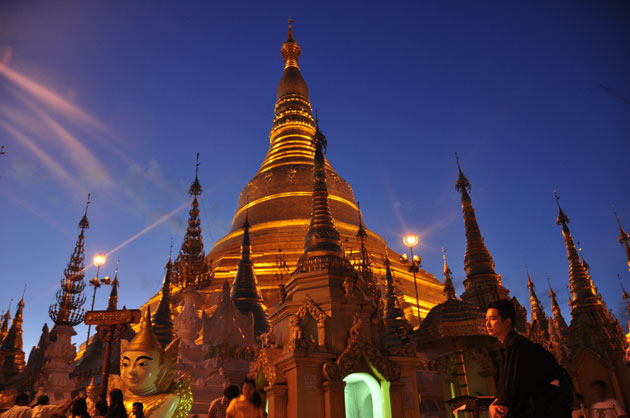
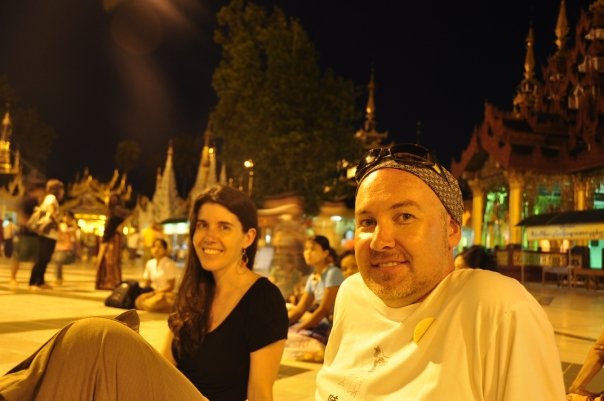
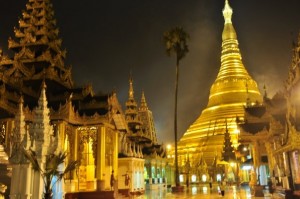
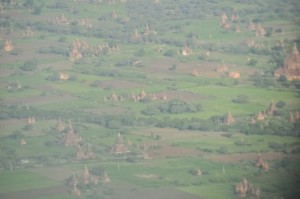
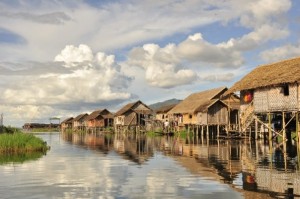
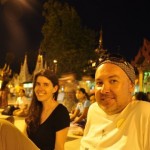
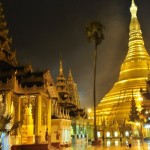


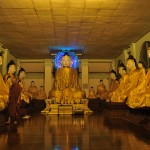
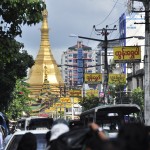
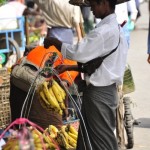


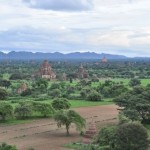
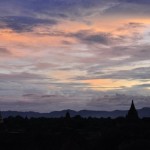
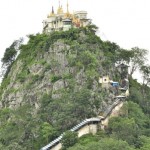
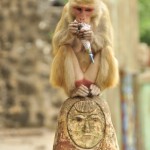
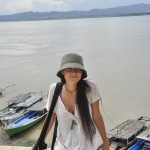
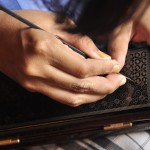

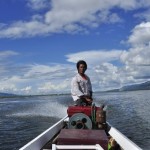
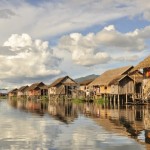
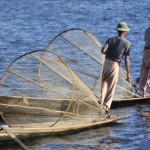
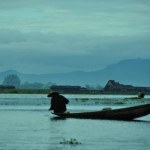
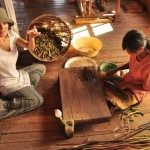
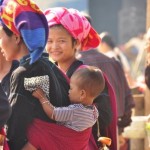
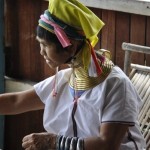

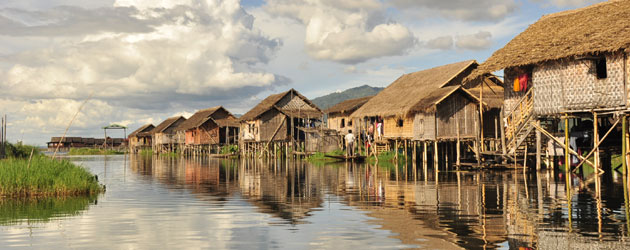
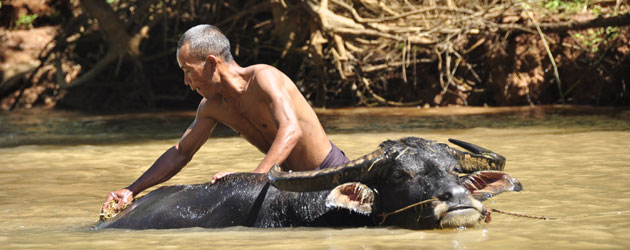

![Access Denied – Myanmar Visa Adventures Getting a VISA to Myanmar is not especially hard in principle. Like all embassies it requires an early morning start (pre-9am we were reliably told), […]](http://meltingplots.com/wp-content/uploads/2009/09/AccessDenied1.jpg)